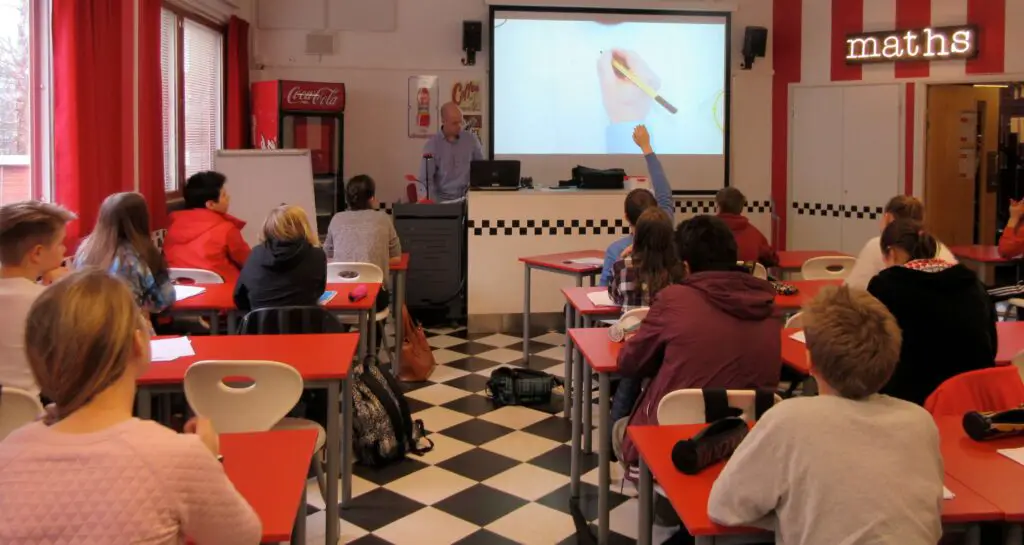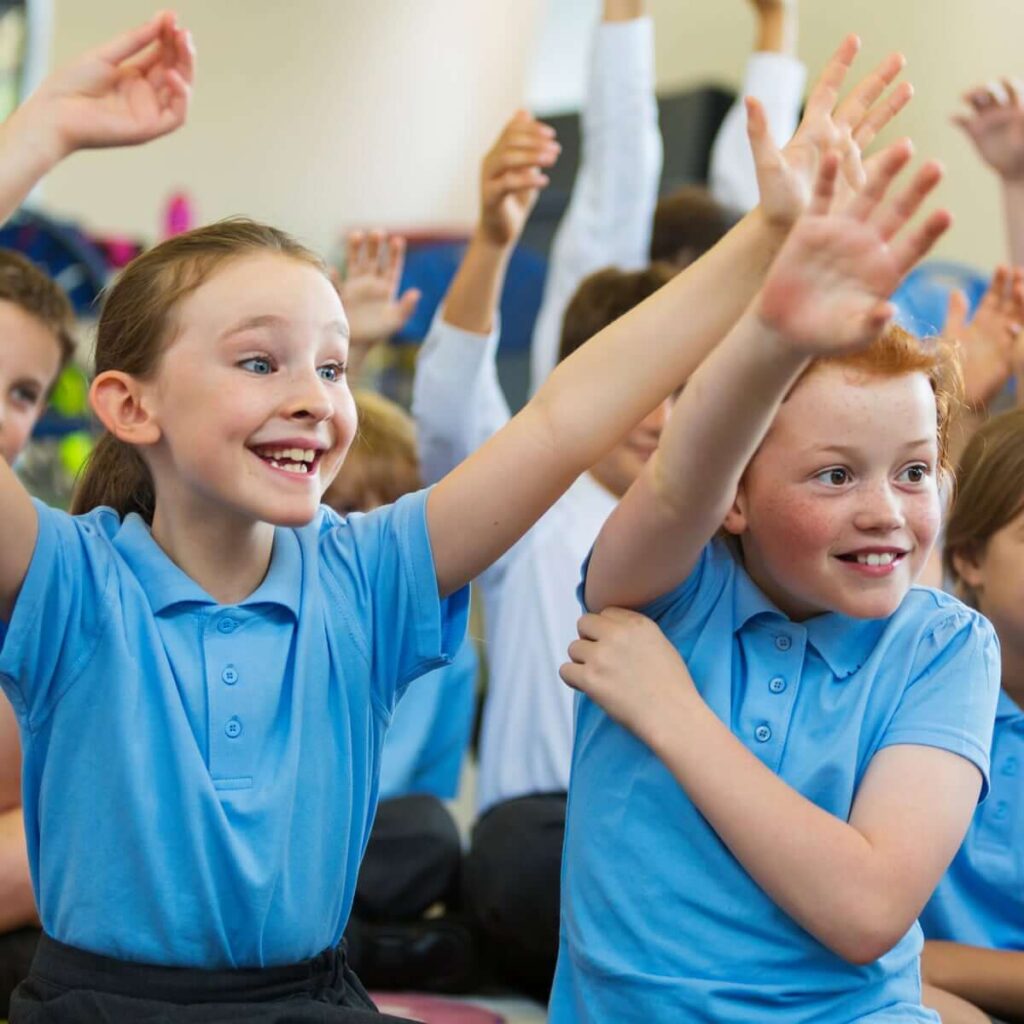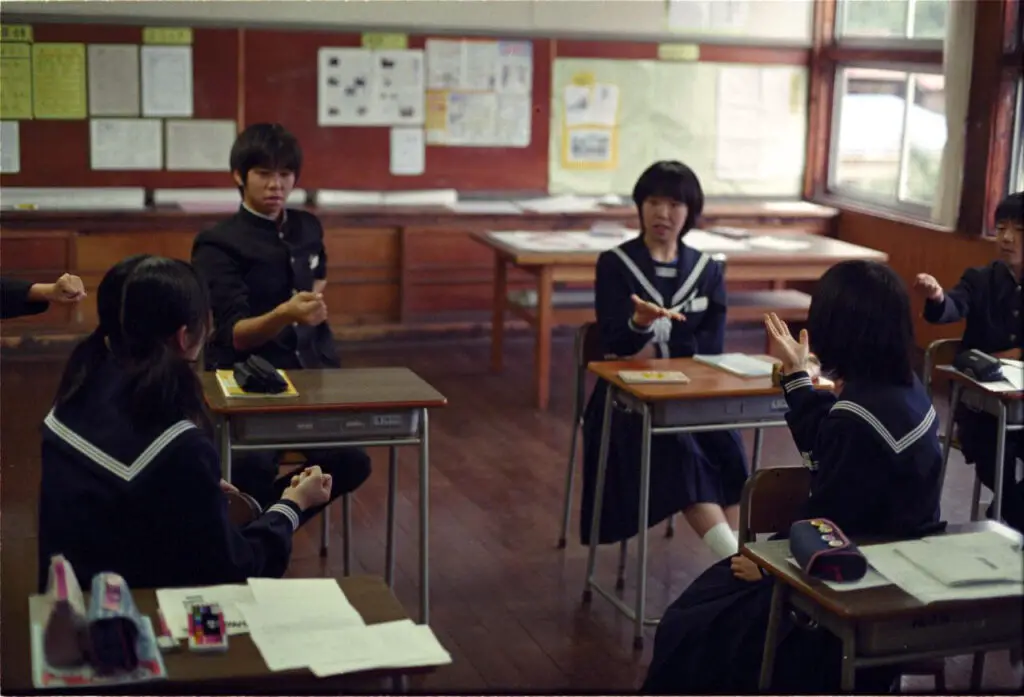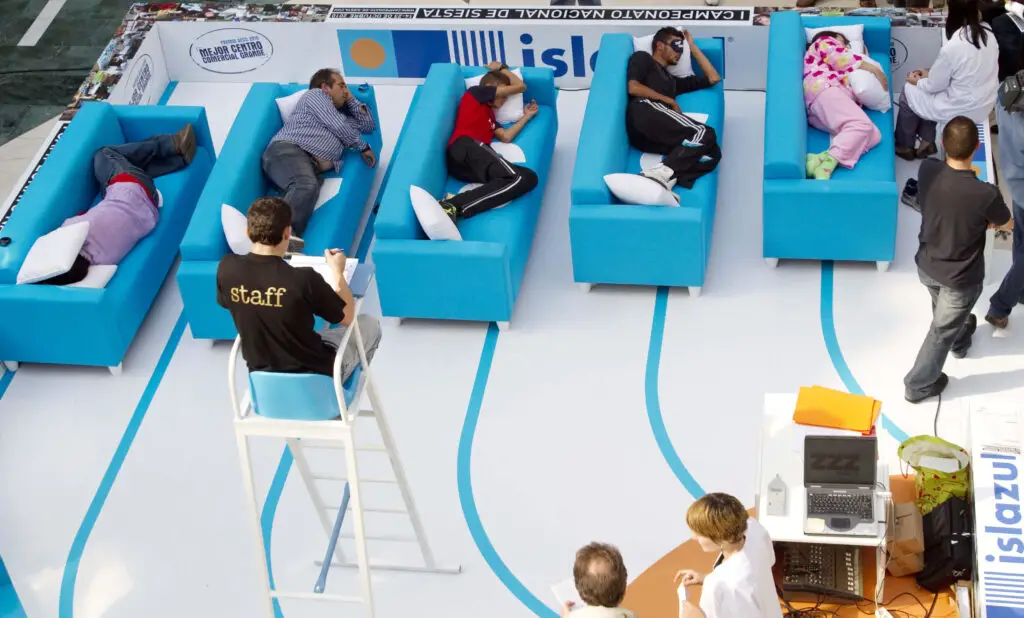Every day, millions of children gather in classrooms in pursuit of knowledge. And although the benefits of education are the same, there are many differences when it comes to the education systems around the globe.
Every country has different ideas on the best approach to education which makes education vary significantly across the world.
From a competitive education system in China that has made 沙田 補習 社 also known as Sha Tin tutor services popular in Hong Kong to a Spanish education system that gives siesta breaks to students, here’s how education systems differ in a few countries across the globe.
1. China, The World’s Most Competitive Education System

The Chinese education system has a great reputation as students have great test scores, but it’s also very competitive. Many families in China put all their resources into giving their children the best education.
Additionally, most Chinese parents spend lots of money trying to enroll their children in the country’s best schools. Other parents turn to tutor services to help their children do well in their final test.
But it’s not all doom and gloom for Chinese students, as the competitiveness of China’s education system has led to very hardworking and persistent students.
2. Emphasis on Foundation Basics in Finland

Finland is one of the top performers in the world when it comes to education. One of the reasons for this top performance is that the country’s education system emphasizes the foundational basics.
In Finland, children aren’t allowed to attend school until the age of six. Basic education starts at the age of seven, and special steps are taken to meet the needs of each student.
Education in Finland is also free, and much attention is given to the learners’ well-being. Students are free to choose their educational paths in this system, and teachers are also given the freedom to choose how they teach and the teaching methods they use.
Finland also doesn’t have standardized tests for students as the learners are given evaluations that test their learning outcomes.
3. No School Uniforms in Germany

Many schools across the globe have school uniforms. However, in Germany, most students don’t wear school uniforms as only a handful of schools advocate for school uniforms.
One of the reasons why Germany doesn’t have a school uniform tradition is because of its history. Uniforms remind most of the citizens in the country of the WW11 Hitler’s youth uniforms. The German government also felt that the imposition of school uniforms would infringe on the liberty of students and parents.
4. Japanese Education System Emphasis on Morality

The Japanese educational system lays lots of emphasis on producing great citizens. Moral education that was taught informally is now being incorporated into the country’s educational curriculum. Some of the moral topics taught in class include compassion, persistence, endurance, and diligence.
Other features of the Japanese education system are that Japanese children spend a lot of time in school. Education is also very competitive in Japan, and many students attend private tuition to improve their academic scores. That being said, Japanese school enrollment and retention rates are among the highest in the world.
5. Students Take Siesta Breaks in Spain

The typical school day in Spain starts at 9.00 am. At 2.00 pm, students break to go home for lunch and to take a midday nap. The students come back after a two or three-hour break.
For most people in Spain, the midday nap is sacred and closely associated with the country’s culture. In some Spanish towns, the midday siesta is taken very seriously. Some business owners even close their premises for a few hours in the afternoon to go and enjoy some siesta.
So, how is the typical school day in your country different from the ones discussed above? Let us know in the comments section below, and also share with us something unique about the education system in your country.




